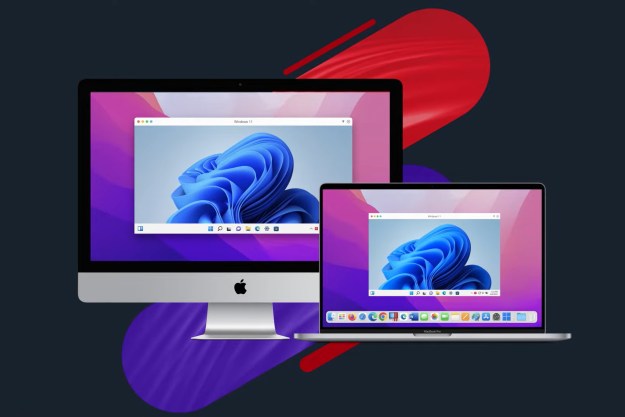
The sales numbers quoted by Computer World illustrate that Apple could likely catch up to and overtake Microsoft in total device sales in 2017, but it will be part of a larger downward trend for the global devices market.
More: Canada ends two-year inquiry, finds Apple didn’t violate anticompetition laws
Gartner research analyst Ranjit Atwal stated unequivocally that the global market for mobile devices is “stagnating,” and that the “PC Market is just reaching the bottom of its decline.” It’s a pretty gloomy outlook for the global market as a whole, predicting a global decline and a period of stagnation from 2017 to at least 2019. Though there could be a silver lining, for one part of the world anyway. According to Gartner’s numbers, shipments of mobile devices are up in Asia, and throughout the Pacific region.
Microsoft will be hit hard by the sales slump, Gartner predicts, with most of its product lines dependent on the shipment of Windows 10. With PC sales down globally, Windows 10 just isn’t moving into as many hands as Microsoft would prefer, despite strong showings in late 2016 with the Surface Studio and upcoming Creators Update.
Apple, on the other hand, has a more diversified slate of products on its hands, and despite facing criticism for the frankly underwhelming MacBook Pro refresh, Apple mobile devices are likely to enjoy a slight uptick in 2016 and 2017. Gartner predicts Apple will ship 27 million more devices than Microsoft by 2019.
Editors' Recommendations
- Apple just announced the dates for WWDC 2024
- As a recent Mac convert, here’s what has surprised me most
- Have an iPhone, iPad, or Apple Watch? You need to update it right now
- Is macOS more secure than Windows? This malware report has the answer
- Here’s why WWDC could be a ‘critical event’ for Apple


